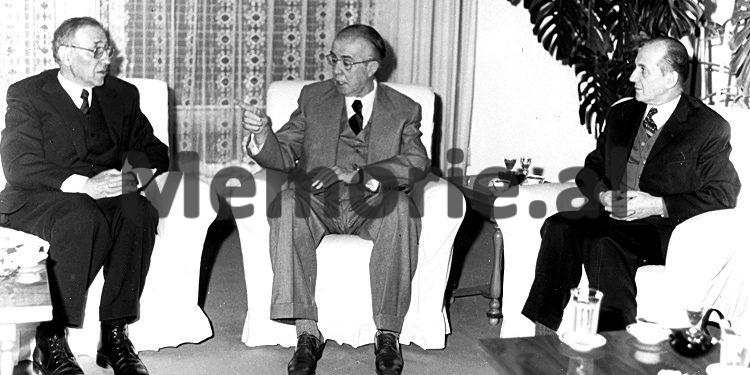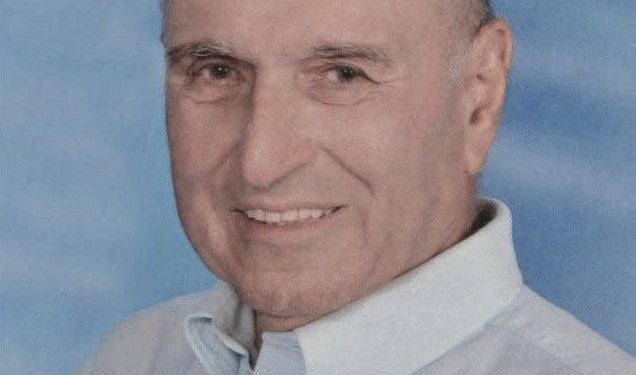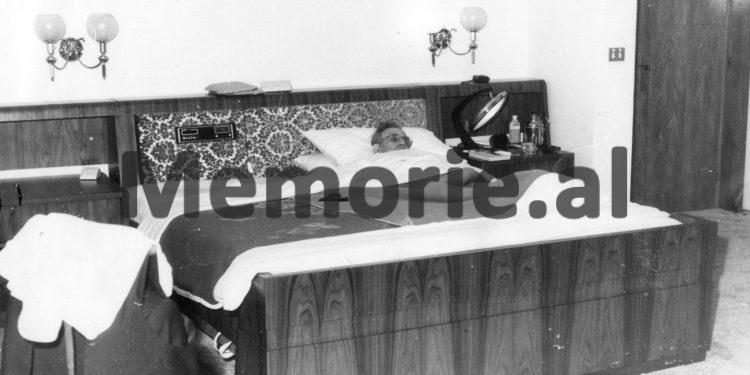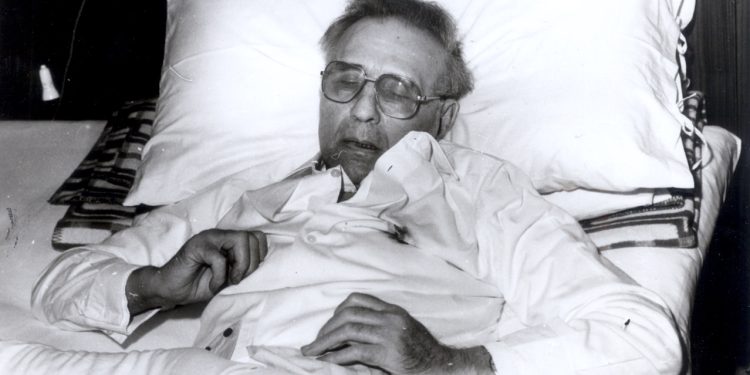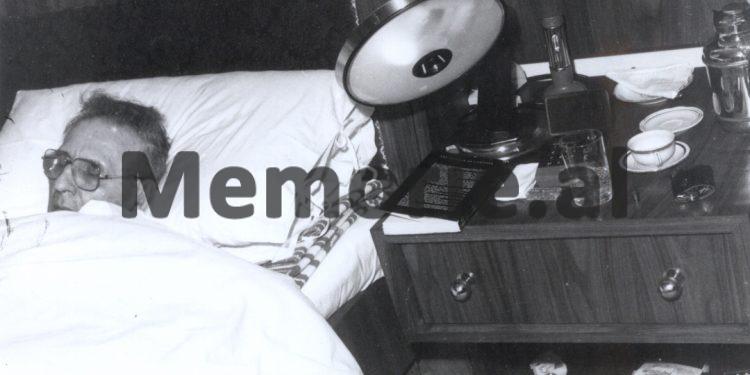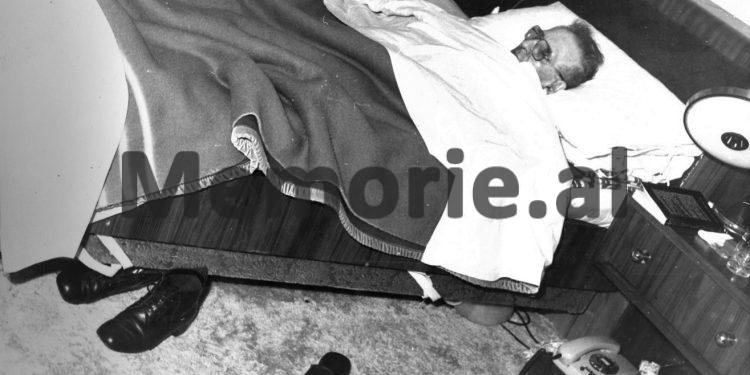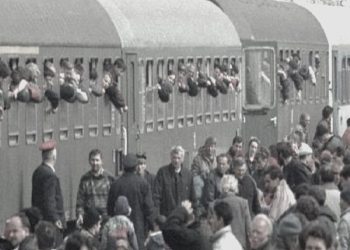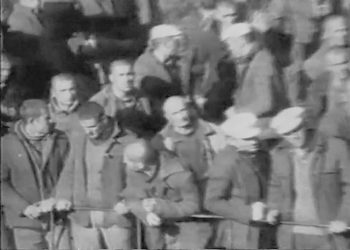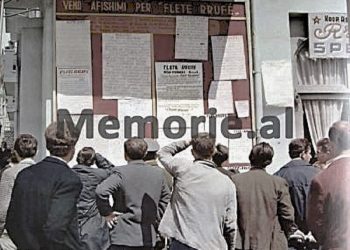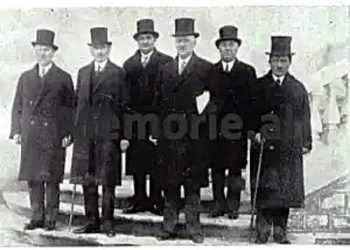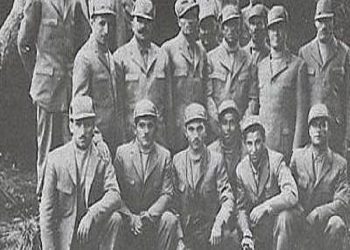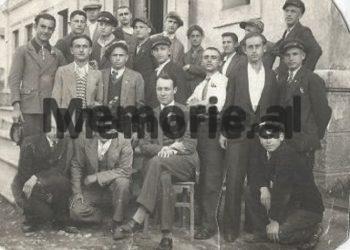By Prof. Dr. Bardhyl Çipi
Part nine
Prof. Çipi: “I recount the cases when I was called to perform forensic examinations on people killed at the border, in an attempt to escape from Albania!”
SCIENTIFIC EVIDENCE OF IMPRESSIVE DEATHS
(Public figures, victims of dictatorship, and other events)
Memorie.al / Bardhyl Çipi, one of the most experienced specialists in our country in the field of Forensic Medicine and Bioethics, their teaching, and the training of new forensic experts. Some of his cases include: victims killed at the border while trying to escape the communist dictatorship, one whose hidden corpse was discovered with the help of his loyal dog, the interned woman who killed herself out of despair, citizens of Kosovo killed by Serbs for seeking to live free and avoid humiliation and torture, residents who lived in Albania 1,500 years ago, a robbed and murdered professor from the University of Tirana, etc. A book about death and scientific evidence for uncovering its various types: murder, suicide, those stimulated and coerced by the communist regime, murders and genocide against Albanians by their neighbors, fresh or decomposed and skeletal remains. Documents on the deaths of prominent figures: Kennedy, Lincoln, Napoleon, Lenin, Trotsky, etc., and other events involving the deaths of ordinary people. Knowledge about post-mortem changes and the examination of corpses worldwide and in our country, from a historical, ethical, forensic, and legal perspective. Some of his latest books are: “Forensic Medicine Manual” (2015), “Bioethics in Albania nowadays” (2016), “Albanian Transition under the Magnifying Glass of Forensic Medicine” (2018), “Forensic Medicine Criminology” (2020).
Continued from the previous issue
Scientific Evidence Proving that Mehmet Shehu’s Death Was Murder
From the interpretation of the aforementioned documentation, according to forensic criminology, it immediately stands out that their descriptions are detailed and the conclusions of the forensic and criminalistic acts are generally accurate, but they also have some shortcomings.
Thus, it appears that the measurement of the height of the firearm wound holes from the heels or the lower parts of the hips or buttocks (ischial tuberosities) was not performed.
Likewise, it appears that laboratory and microscopic examinations were not performed to determine the supplementary factors of shooting on the clothes and soft tissues around the entry hole of the firearm wound, and on the dark blue spots on the thumbnail of the right hand. All these are very important for the most scientific determination of the mechanisms of this event.
In addition to these, there are also some actions whose execution was not allowed by high state authorities:
-No autopsy of the corpse was performed (the transport of the corpse to the morg for this purpose was prohibited). As far as I can recall from what I learned from other forensic colleagues at the time, the corpse was only removed from the house when it was sent for burial.
Nevertheless, I want to add that in firearm injuries, the complete and detailed external inspection of the corpse is more important.
However, an autopsy would have enabled the precise discovery of the trajectory and the tissues and organs affected by the bullet’s passage inside the body, the cause of death with scientific accuracy, and the finding of any eventual toxic substance that might have been used before death.
-The numerous photos presented for this case lack those of the back part of the body.
-No graphic expertise of the farewell letter was performed, which the victim was thought to have left before death; it disappeared immediately before the crime scene inspection began.
As is known, a farewell letter is written by the person before committing suicide and is left by him, usually in easily discoverable places, as is claimed in M. Shehu’s case, when this letter was found by his son at the head of the bed where the corpse was.
This letter should have been carefully examined by the investigative team at the crime scene, in its original form, to determine whether or not it was truly written by the suicide victim’s hand. For this, it should also be subjected to comparative graphic expertise to rule out forgery or the intervention of a foreign hand in its drafting, as is encountered in many cases of concealing murder. This is true even in cases where this letter contains the victim’s own thoughts, which may have been written by the victim while alive, but were later manipulated by the killer.
These reservations, which cast doubt on the authenticity of the farewell letter, might have applied to M. Shehu’s supposed farewell letter. Even more so, this letter found at the crime scene disappeared immediately by the party organs and reappeared after 21 years since the event.
For this letter, whose existence is doubted because it was not described at all in the crime scene inspection report, even if there was a letter written by the victim, all the rules of the Code of Criminal Procedure regarding its collection and preservation as material evidence should have been followed. Therefore, this letter, appearing after 20-some years since the death, will have no value under these conditions, from an investigative point of view, for such a violent death.
-No investigative experiment was conducted for the reconstruction of the event, the position the victim had at the moment of shooting, by determining the trajectory of the fatal bullet, from the body to the place where it was found in the upper part of the mattress, near his head.
Let us imagine, with the data we have, what this trajectory and the victim’s position must have been like.
Thus, in the firearm wound holes, on the left side of the chest and back in this case, the exit hole is located slightly lower and more inward (closer to the midline) compared to the entry hole. This indicates that the bullet’s passage in the body was not only from front-to-back, but also from up-to-down and from out-to-in, meaning from the left to the right (not from right-to-left, as was incorrectly written in the forensic act).
With these findings, also reflected in the conclusion of the relevant forensic act, considering that the bullet was found from the head of the bed, in the bed sheet of the mattress, the shooting in the supine position of the victim on this bed is impossible to realize, because with the direction from up-to-down, in this position, the bullet would have gone closer to the middle of the bed and not near its upper part where it was found.
It would be more probable that the victim’s position at the moment of shooting was seated, near the middle part of the bed, with the upper half of the body in a raised position. Supporting the idea that this was the victim’s position, in which he must have stayed for a shorter or longer time after the firearm shot, is also the widespread presence of blood in the form of stains on the lower parts of the clothes, below the bullet holes.
In fact, this seated position of the victim at the moment of the firearm shot would be proven more accurately if an investigative experiment had been carried out immediately, or even later after the event, using a string or laser light, placed or released according to the angle of this shot and the height of the injuries, in the victim’s seated stance, towards the place where the bullet was found.
The region where the entry hole of the firearm wound is located, on the upper left side of the chest, is encountered in both suicide and murder cases. The direction of the shot, or the bullet’s passage in the body, makes the difference.
This was precisely one of the reasons why a study was conducted by us on the role of the shot direction in distinguishing murder from suicide, presented in this book.
From the relevant literature and the long forensic and criminalistic experience of our country, as well as my personal experience and the previously mentioned study, the suicide victim aims to have the most convenient and stable position of the right hand holding the weapon with the direction of shooting from front-to-back, horizontally or slightly from up and from right-to-left.
According to the forensic and criminalistic data on M. Shehu’s death, which support the official suicide version, the victim shot himself with the weapon he held with his right hand, perhaps assisted by the left hand, which held the front part of the weapon (the finding of the victim’s left thumbprint on the front part of the weapon). This is based on the fact that the weapon was found discarded on the right side of the bed, the position of the hand in that cataleptic stiffness (in my opinion, without any scientific basis), and the presence of gunpowder on the right thumb (a finding that is unproven, even with a simple laboratory analysis), to rule out another origin, such as an ink stain (the night before he was found dead, the Prime Minister had prepared his self-criticism in writing, which he would present the next day at the Political Bureau meeting, during which he may have strained his right thumb with ink).
With this data, in the suicide version, the direction of the shot, according to the most convenient position of the right hand holding the weapon (according to family members, the Prime Minister’s right hand was dominant), should have been from front-to-back and horizontally, or from up and from right-to-left.
But this direction was not found in Mehmet Shehu’s death. It was from front-to-back, but not horizontal or from bottom-to-up, but from up-to-down, and not from right-to-left, but from left-to-right.
This direction of shooting, with the other data on the victim’s position, clearly indicates that this is a case of murder.
Therefore, the greatest possibility is that the death of Mehmet Shehu was murder. A more acceptable version is that the executor was standing, to the left of the bed, ahead and slightly above the place where Mehmet Shehu was sitting, more or less facing him, and shot the victim with a firearm on the left side of the chest, with a shooting direction more convenient for him: from front-to-back, from up-to-down, and slightly from left-to-right, as resulted from the forensic and criminalistic examinations of this event.
This analysis of the materials of this case reinforces my conviction that Mehmet Shehu’s death must have been murder and not suicide, consistent with other data (the prohibition of an autopsy, the non-inclusion of any farewell letter in the crime scene inspection, only for one to reappear after 21 years, etc.), as well as the expressed opinion of the Minister of Health immediately upon inspecting the corpse, and the later opinion, after many years, in favor of homicide, from the doctor who had led the forensic expertise of the Prime Minister’s corpse, received indirectly from a reliable witness./Memorie.al




